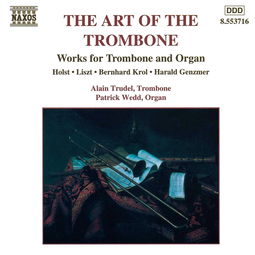Crafting the Perfect Introduction to Fishing Techniques
When it comes to sharing the joys of fishing with others, a well-crafted introduction to fishing techniques can be the key to inspiring new anglers and refining the skills of seasoned veterans. Here's how to write an engaging and informative introduction that covers the basics of fishing techniques.

Introduction
Welcome to the enchanting world of angling, where the tranquility of nature meets the thrill of the catch. Whether you're a beginner looking to cast your line for the first time or an experienced angler seeking to sharpen your skills, this guide will serve as your compass through the art of fishing techniques. Let's dive in and unravel the secrets of successful angling.
Understanding the Basics
What is Fishing?
Fishing is an ancient activity that involves catching fish with rods, lines, hooks, and bait. It can be done in various bodies of water, including rivers, lakes, oceans, and even ponds. The purpose of fishing can range from sport and recreation to sustenance and scientific research.
Types of Fishing
- Freshwater Fishing: This involves fishing in rivers, lakes, and streams, where fish species like bass, trout, and catfish are commonly found.
- Saltwater Fishing: This takes place in oceans, seas, and brackish waters, where species like marlin, tuna, and flounder are targeted.
- Fly Fishing: A specialized technique that uses artificial flies to attract fish, often requiring specific equipment and techniques.
Choosing the Right Equipment
Rods and Reels
- Rod Types: Spinning rods are versatile and great for beginners, while baitcasting rods are ideal for larger fish and more precise casting.
- Reels: Spinning reels are perfect for beginners due to their simplicity, while baitcasting reels offer more control and are suitable for larger fish.
Lines and Lures
- Lines: Monofilament is the most common type, offering flexibility and stretch. Braided lines are stronger and less stretchy, ideal for heavy-duty fishing.
- Lures: Artificial lures mimic real fish and can be very effective. Live bait can also be used, depending on the fish species.
Basic Fishing Techniques
Casting
- Overhand Casting: The most common casting technique, where you hold the rod with one hand and the line with the other.
- Roll Casting: A more controlled technique suitable for smaller spaces and delicate presentations.
Baiting
- Natural Bait: Live bait like worms, minnows, or leeches can be very effective.
- Artificial Bait: Soft plastics, hardbaits, and spinnerbaits are popular choices.
Lure Fishing
- Trolling: Moving the lure at a steady pace behind a boat to attract fish.
- Jigging: Moving the lure up and down to mimic the action of a struggling fish.
Advanced Techniques
Fly Fishing
- Fly Casting: A technique that involves a specialized rod and line to cast artificial flies.
- Fly Selection: Choosing the right fly to match the hatch, or the natural food source of the fish.
Ice Fishing
- Hole Fishing: Drilling holes in the ice and fishing through them with specialized rods and tackle.
- Winter Safety: It's crucial to dress warmly and be aware of ice conditions.
Tips for Success
- Research Your Target Fish: Understanding the habits and preferences of the fish you're targeting is key to successful fishing.
- Patience is a Virtue: Fishing often requires patience, as the best catches come to those who wait.
- Safety First: Always follow safety guidelines, especially when fishing in unfamiliar or remote locations.
Conclusion
In conclusion, the world of fishing is vast and varied, offering a multitude of techniques and strategies. By understanding the basics, choosing the right equipment, and honing your skills, you can embark on a rewarding journey into the world of angling. Whether you're casting your line in a tranquil lake or braving the waves for a big catch, the key to success lies in your knowledge and practice. So, grab your rod, tie on your line, and let's explore the waters together. Happy fishing!












